
How to Treat Unstable or Uncomfortable TMJs
When dealing with a symptomatic or a suspected TMD patient, we want to follow a series of protocols, no different, really, than we deal with most of our patients.
We are going to go through the 4 processes of complete dentistry, starting with the examination.
And at the examination, once we do it thoroughly, this is where Pete has told you that you get to be the physician of the masticatory system. What does it tell us? What do all of those checks in the complete examination point us to? What is the patient type? What is the joint type, and is it a specialty patient?
If we suspect that we have a TMD issue, or an oral-facial pain issue, we need to figure out what the diagnosis of the joint is. And we are going to proceed in a systematic way. Can we eliminate all of the pain, some of the pain, or none of the pain?
Transcript continued below…
We are going to start in reversible fashion. And the easiest way to do this is with orthotics. Can we get this patient comfortable and stable with orthotic treatment?
If we can, and we get this patient comfortable, and if it has been a diseased joint to adapted-centric posture, and we have been able to hold them there, then we are going to proceed through our normal checklist, the 2D and the 3D treatment planning, trying to find out what is the best with the least amount of dentistry to solve the problems.
If we can not get those patients comfortable, then we are going to proceed with our oral-facial interdisciplinary team.
And that is also very important to make sure that we check airway before we proceed with these patients. What is happening is, how important it is that we have a healthy joint, we also want to make sure that our patients can breath before we start proceeding with our dentistry.





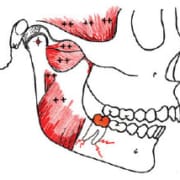


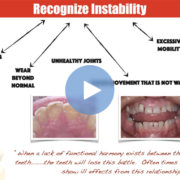
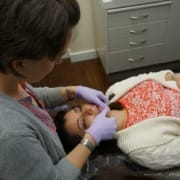
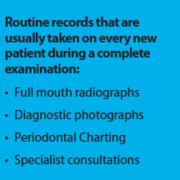

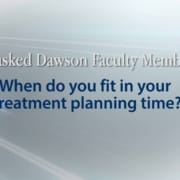




Leave a Reply
Want to join the discussion?Feel free to contribute!